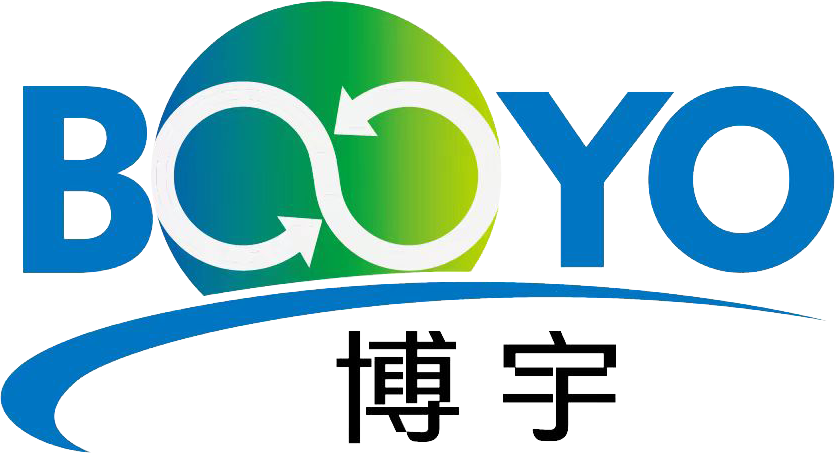
Our News
Find out about our latest news here.
Latest News
- ▶ Shell and Tube Heat Exchanger Cost Estimate: A Complete Guide for Buyers
- ▶ Iraqi Client Visited Boyu Industry for Technical Inspection of Condensers and Process Columns
- ▶ Shell and Tube Heat Exchanger Manufacturers: Key Factors for Choosing the Right Supplier
- ▶ Applications of Shell & Tube Heat Exchangers in MEG Packages (Monoethylene Glycol Systems)
- ▶ High-Efficiency Surface Condenser Solutions:
- ▶ Health, Safety and Environment (HSE) Policy
Message
1. Heat Transfer Needs in Paper Production
The papermaking process consists of multiple stages, each with specific heat exchange demands:
Pulping: Whether chemical or mechanical, pulping requires the slurry and chemical liquor to be heated to high temperatures (typically 70–170°C).
Bleaching and Washing: Pulp temperature must be precisely controlled to ensure effective chemical reactions.
Papermaking and Drying: This is the most energy-intensive stage, relying heavily on steam heating to reduce moisture content.
Waste Heat and Effluent Management: High-temperature black liquor, white liquor, and condensate water contain significant recoverable thermal energy.
2. Typical Applications of Spiral Plate Heat Exchangers
Compared to other heat exchangers, spiral plate heat exchangers (SPHEs) are particularly well-suited for handling viscous fluids, slurries, and liquids with suspended fibers or solids, which are common in the paper industry.
● Black and White Liquor Heat Exchange
SPHEs are ideal for processing black liquor with high solids content and suspended matter. Their single-channel spiral flow design ensures turbulence and minimizes clogging, making them highly reliable for harsh media.
● Pulp Heating
The adjustable channel spacing of SPHEs allows effective heat transfer for thick, fibrous pulp streams. This enables uniform and efficient heating, which helps maintain pulp quality and flowability.
● Steam Condensate Heat Recovery
SPHEs can recover thermal energy from condensate to preheat process water or white liquor, reducing fresh steam consumption and improving overall energy efficiency.
● Waste Heat Utilization
High-temperature wastewater or exhaust streams can be routed through SPHEs to recover heat and produce hot process water, maximizing energy reuse across the facility.
3. Technical Advantages of Spiral Plate Heat Exchangers
4. Conclusion
As the paper industry moves toward higher energy efficiency and sustainable production, the role of spiral plate heat exchangers becomes increasingly vital. Their superior performance in handling viscous and contaminated media, combined with reliable operation and low maintenance needs, makes them an indispensable part of thermal systems in pulp and paper mills.
Investing in the right heat exchange solutions not only reduces operational costs but also supports long-term environmental and economic goals for paper manufacturers.
PROFESSIONAL CONSULTATION
If you are interested in our products and want to know more details, please leave a message here, we will reply you as soon as we can.